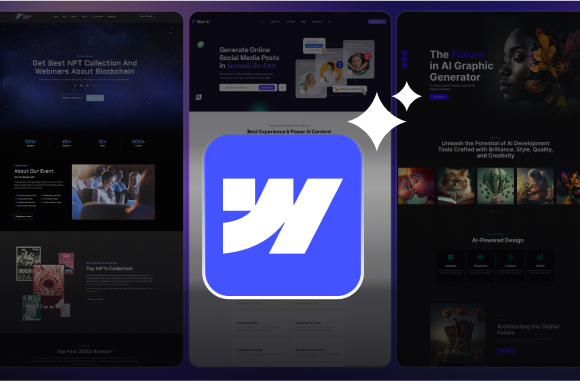As more and more businesses shift their operations online, website performance has become a crucial factor for success. A slow website can lead to a poor user experience, higher bounce rates, and lower search engine rankings. In this blog, we’ll discuss 10 easy steps anyone can follow to boost their website’s performance.
1- Optimize Images are a crucial element of any website, but they can also be a significant contributor to slow page load times. To optimize your images, use compressed images and reduce their size. This will help improve page load times and reduce bandwidth usage. There are several free tools available online that can help you compress and optimize your images without compromising their quality.
2- Minimize HTTP Requests Each file on your website, such as images, scripts, and stylesheets require an HTTP request to load. The more HTTP requests your website has, the longer it will take to load. To minimize HTTP requests, combine multiple files into a single file where possible. You can also use a content delivery network (CDN) to distribute your website’s files across multiple servers, reducing the load on any single server.
3- Use a Content Delivery Network (CDN) A CDN is a network of servers located around the world that store a cached version of your website’s content. When a user accesses your website, the CDN delivers the content from the server closest to their location, reducing the time it takes for the content to load. Using a CDN can significantly improve your website’s performance, especially for users located far from your web server.
4- Enable Browser Caching allows your website’s files to be stored in a user’s browser cache. This means that if a user visits your website again, their browser can load some of the content from the cache, reducing the time it takes for your website to load. To enable browser caching, you can add caching headers to your website’s files, such as expired headers, cache-control headers, and ETag headers.
5- Minify CSS, JavaScript, and HTML Minifying your website’s CSS, JavaScript, and HTML files can reduce their size and improve page load times. Minification removes unnecessary whitespace, comments, and other elements that are not required for the code to function correctly. You can use free online tools or plugins to minify your website’s files.
6- Optimize Your Website’s Code Optimizing your website’s code can improve its performance by reducing its size and improving its efficiency. You can optimize your website’s code by removing unused code, reducing the number of database queries, and using efficient code.
7- Reduce Server Response Time is the time it takes for your web server to respond to a user’s request. A slow server response time can significantly impact your website’s performance. To reduce server response time, you can use a faster web server, optimize your database queries, and reduce the number of requests your website makes to the server.
8- Use a Fast Web Hosting Provider Your website’s hosting provider can also impact its performance. A slow hosting provider can lead to slow page load times and poor user experience. To improve your website’s performance, choose a fast hosting provider with a reliable infrastructure and high uptime.
9- Use Responsive Design More and more users are accessing the internet from mobile devices, such as smartphones and tablets. To ensure that your website performs well on all devices, use responsive design. Responsive design ensures that your website’s content is displayed correctly on all devices, regardless of their screen size.
10- Monitor Your Website’s Performance Finally, it’s essential to monitor your website’s performance regularly. Use tools such as Google PageSpeed Insights or Pingdom to test your website’s performance and identify areas for improvement. Regular monitoring can help you identify and address any issues



 Services
Services



